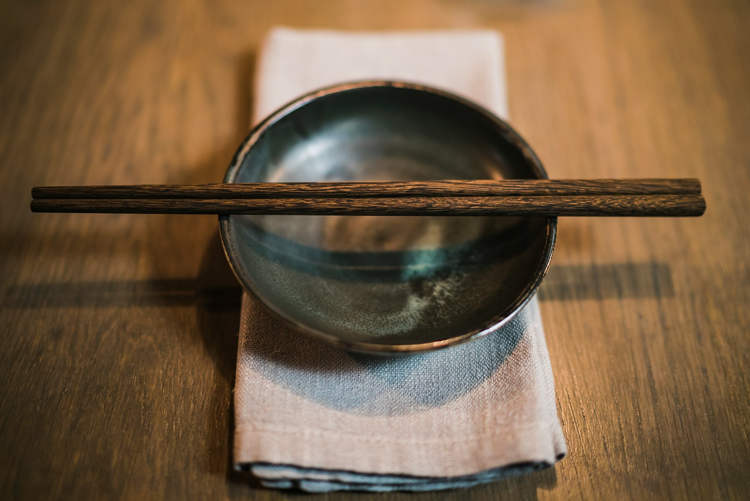A centuries-old slimming remedy is all set to make a comeback after evidence of its use was discovered in old manuscripts during an archaeological dig. The heath pea is a long-forgotten fern-like wild Scottish plant with purple flowers that can apparently suppress hunger and thirst for weeks. Entrepreneurs are now interested in re-introducing the wonder-herb to the world as a dietary supplement that could produce drastic weight loss results.
According to botanical records, the heath pea, also known as bitter vetch, was a vital ingredient of the Highland diet up until the 18th century, when food was scarce. The pea-sized tubers of the plant were stripped off the roots, dried and ingested. Just a couple of tubers were sufficient to provide a boost of energy, and prevent thirst and hunger for days, even weeks. Entire communities are said to have lived off these tubers when crops were poor.
17th century literature also indicates that the plant helped people perform strenuous activities like working in fields. Monks used it to treat patients as early as the 14th century, and it is rumored to have made an appearance in the court of King Charles (he apparently gave it to his lovers who had a propensity for plumpness). The roots were also believed to be eaten by Julius Caesar’s soldiers in preparation for the battle of Dyrrhachium in 48 BC.







